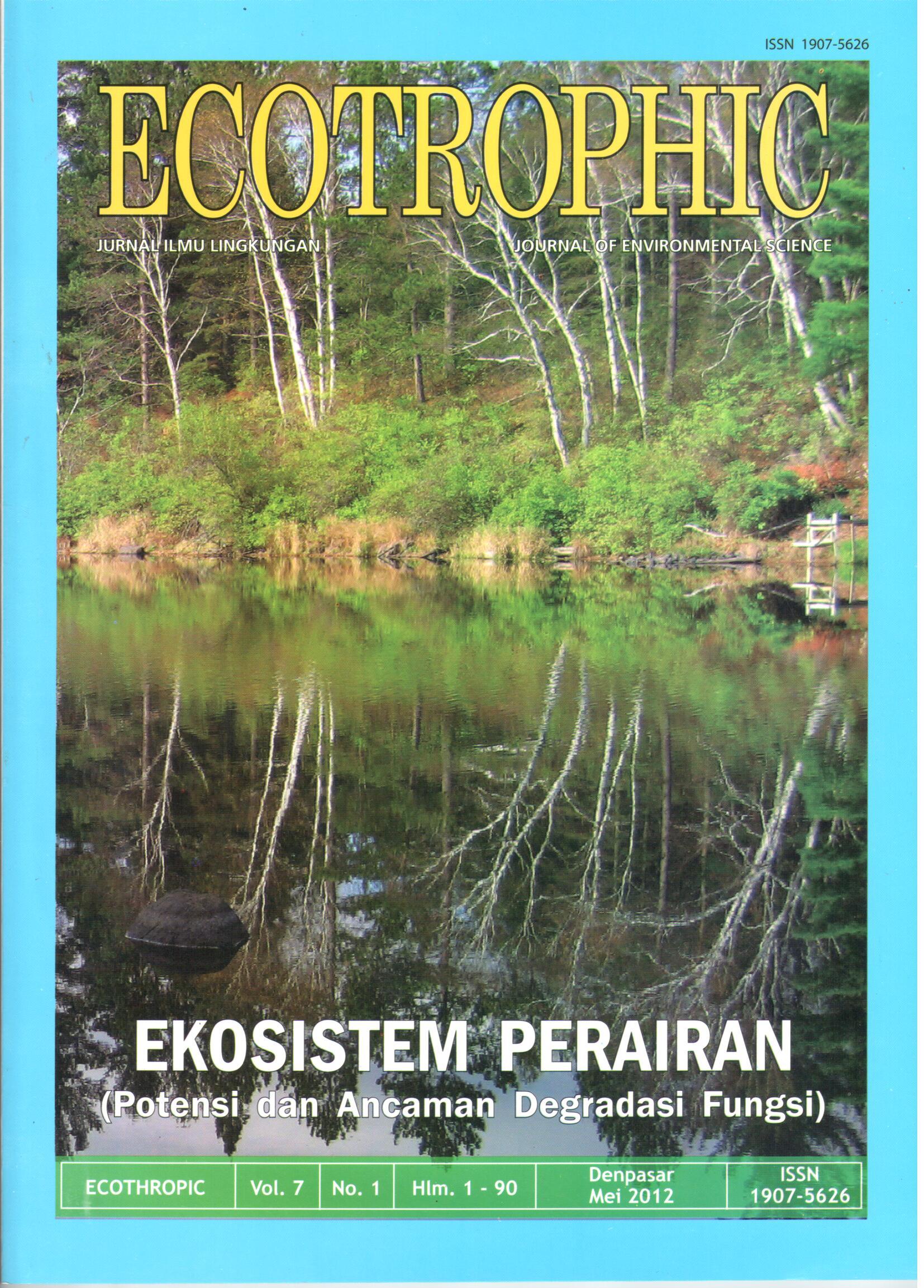STUDI KUALITAS LINGKUNGAN PERAIRAN DI LOKASI TAMBAK KECAMATAN SEKOTONG KABUPATEN LOMBOK BARAT
Abstract
Sekotong is one of West Lombok subdistricts with considerable potential for marine fishery led to the development of aquaculture businesses. The purpose of this study were; ( 1) to know the quality of aquaculture waters. (2) lo know the phytoplank1:on community structure, and (3) to detennine the relationship between water quality parameters and primary productivity. The methods used field survey for three months, ,iarted from June to August 2011. Sampling was done by purposive sampling that consisted of 3 stations, with 3 substations on each station. Samples were analyzed in situ and in laboratory. Results showed that water quality parameters (temperature, brightness, turbidity, pH, salinity, dissolved oxygen nitrate and fosfut) for all stations were suitable for fish culture with the hlghest suitable value at stasion with rarely mangrove vegetation, eventhough, nitrate and phosphate concentrations were relatively low. The abundance of phytoplankton ranged from 449- 3966 ind/I. Index of diversity on all three stations were classified as medium/moderate. Unifonnity index of phytoplankton was high and there was no species dominance. Primary productivity ranged from 101,875 to 519 mgC/m3/day. The most important factors of water quality for productivity level were phytoplankton abundance, nitrat level and dissolved oxygens level.


